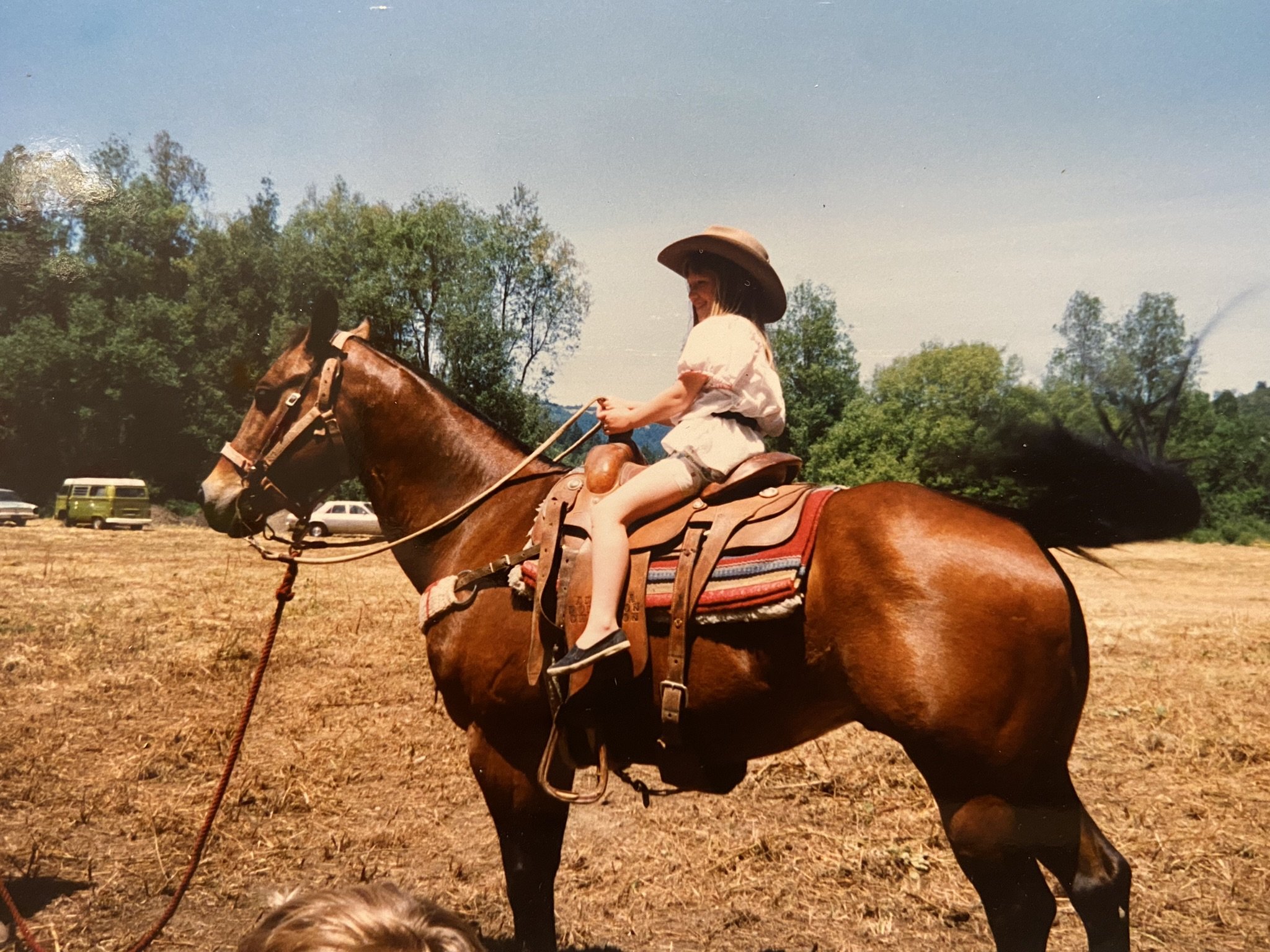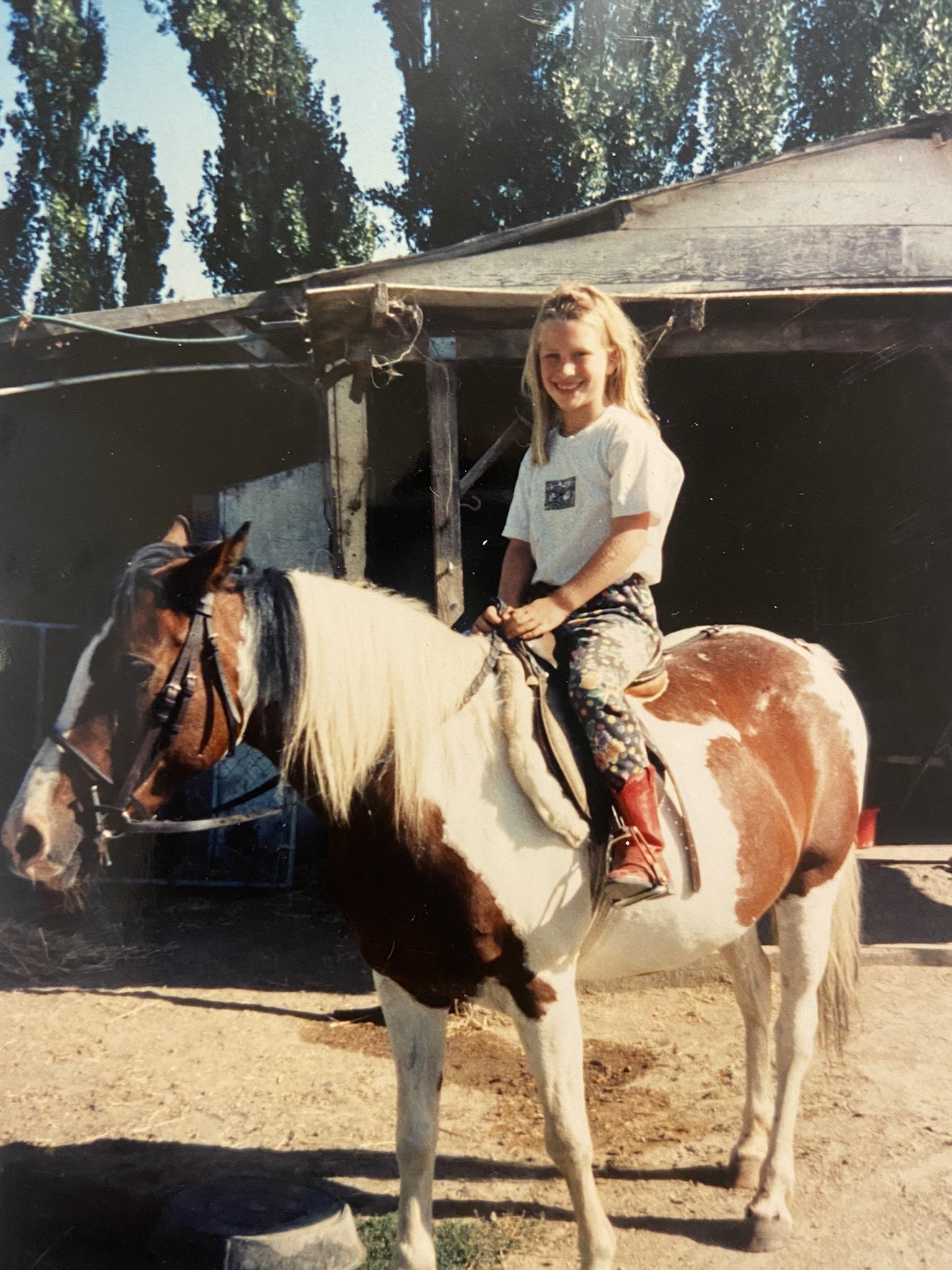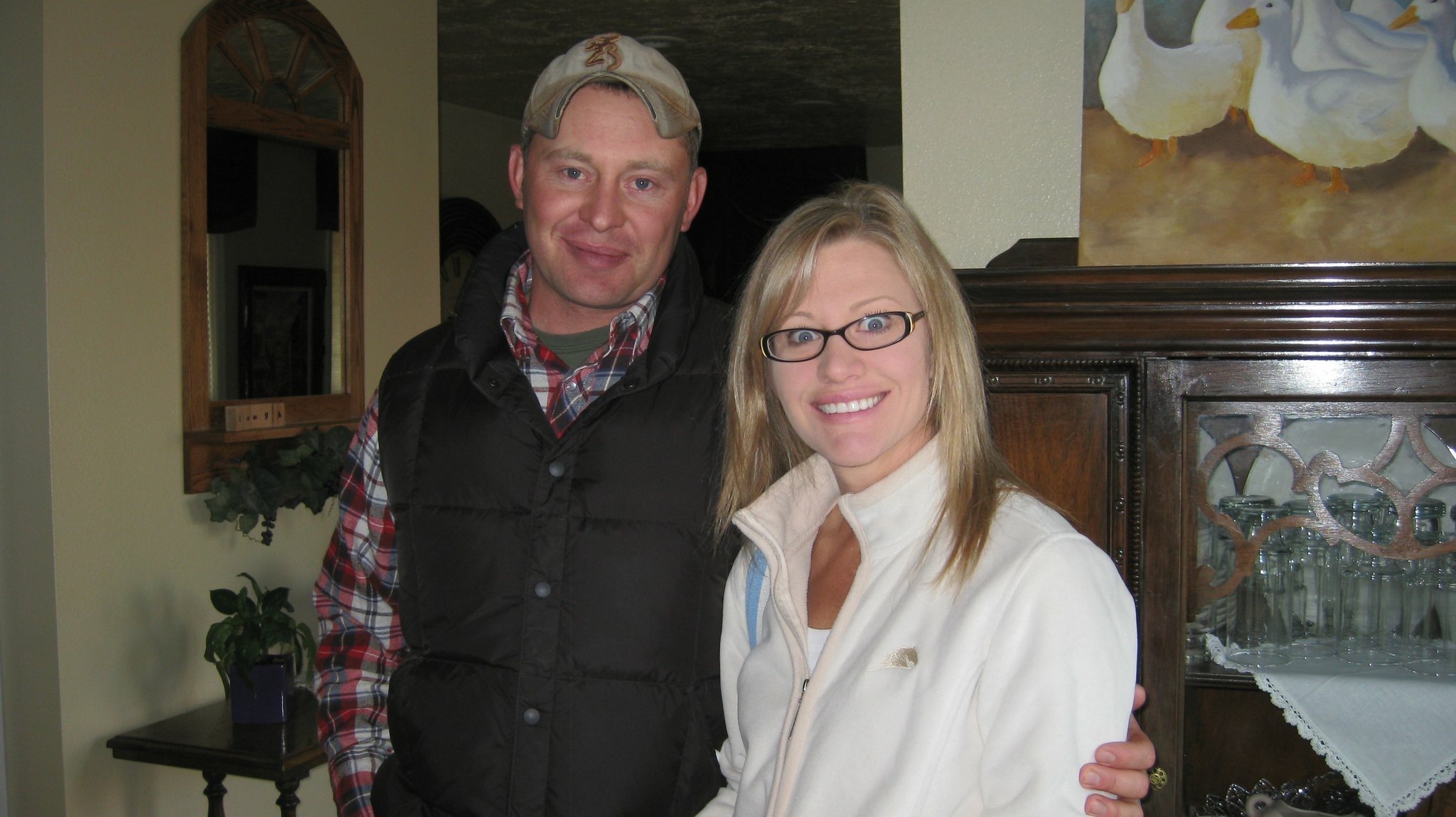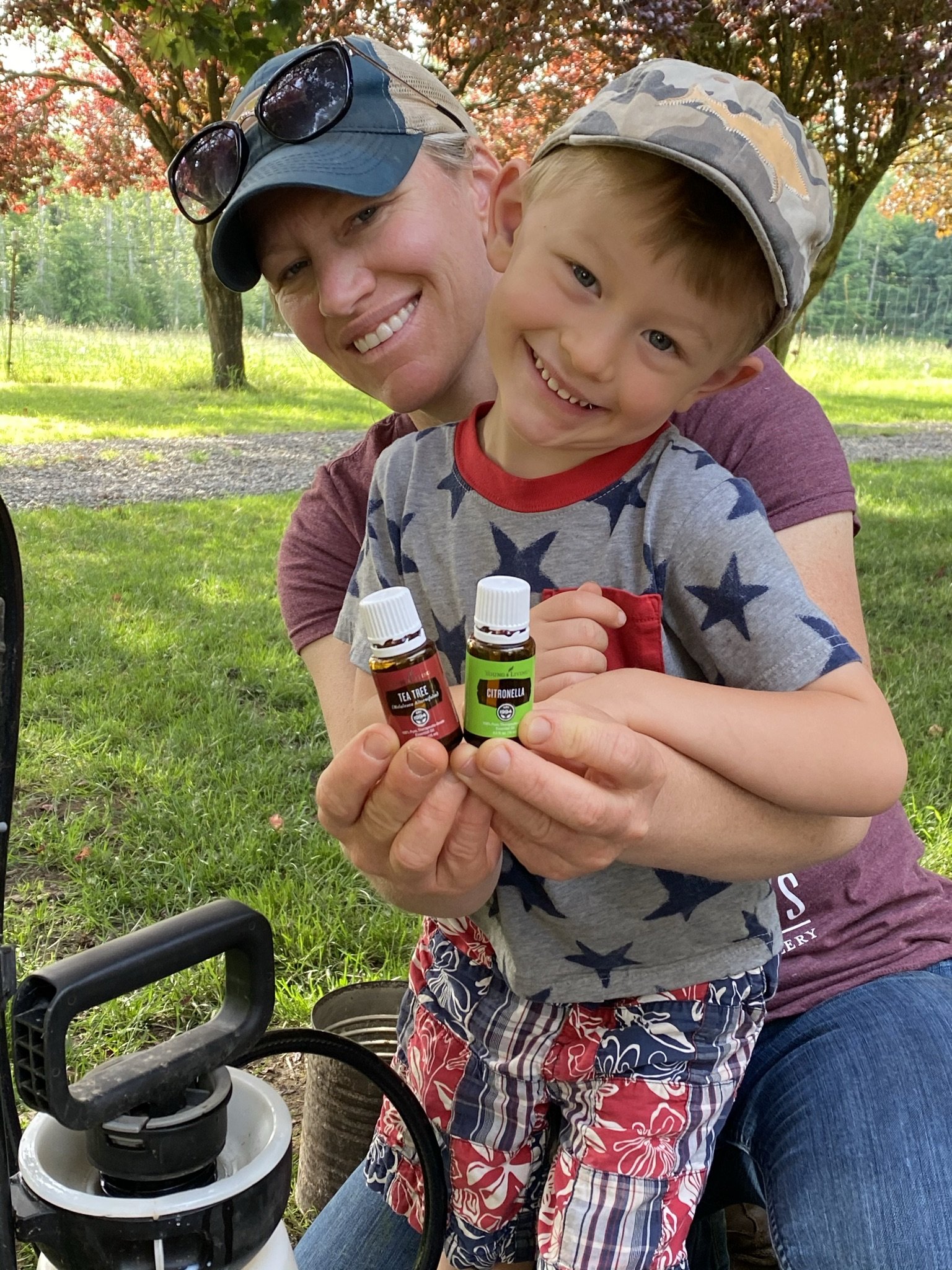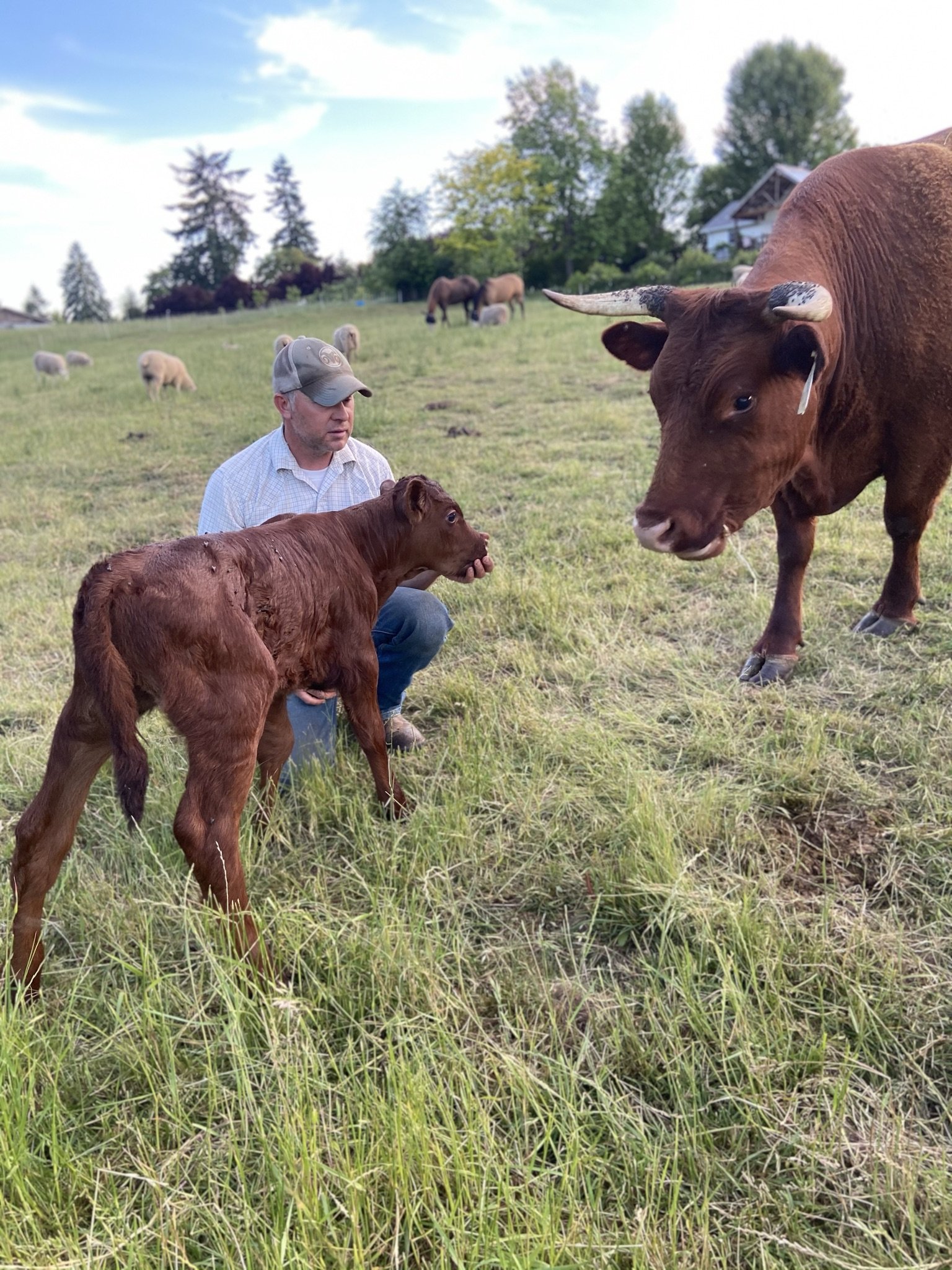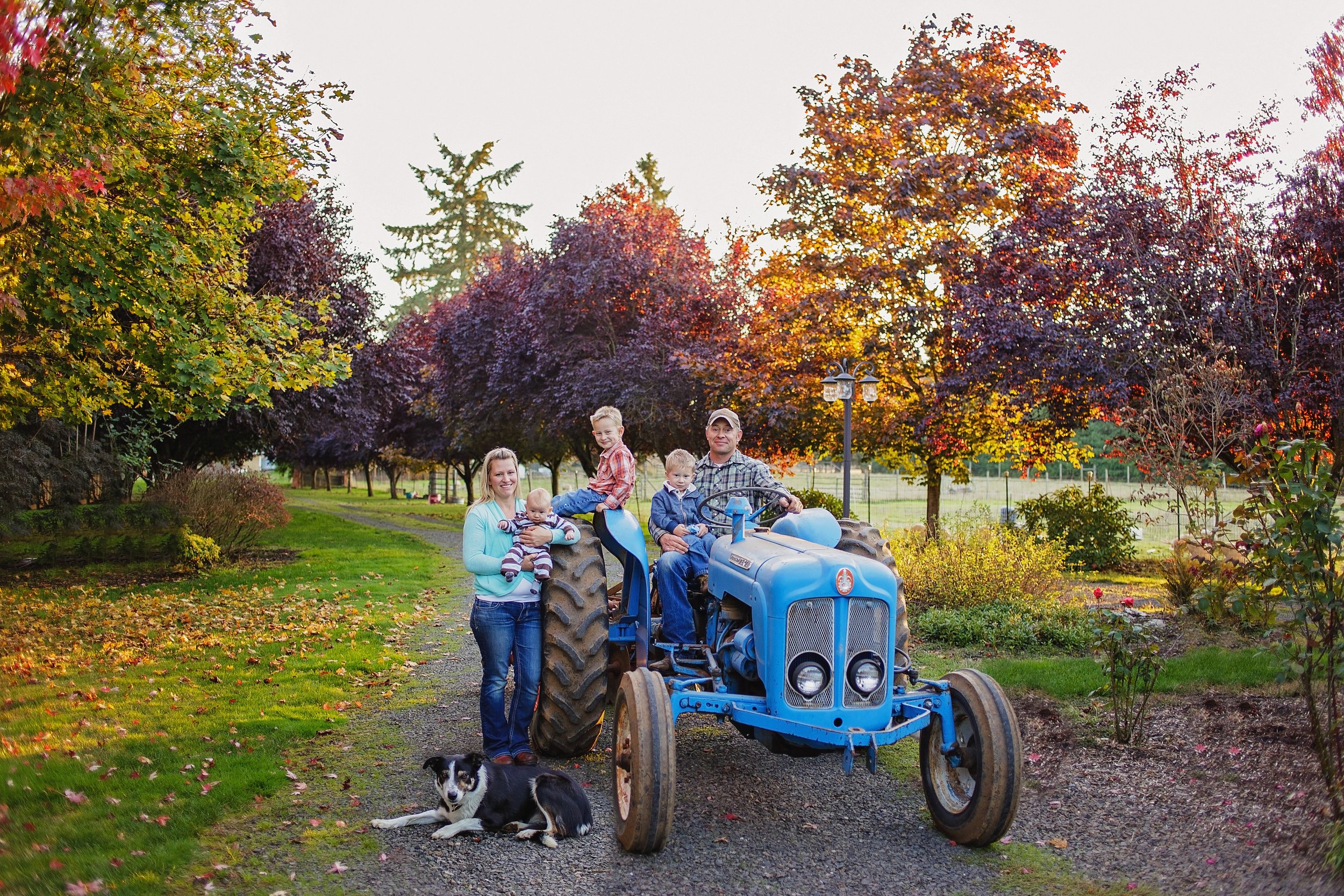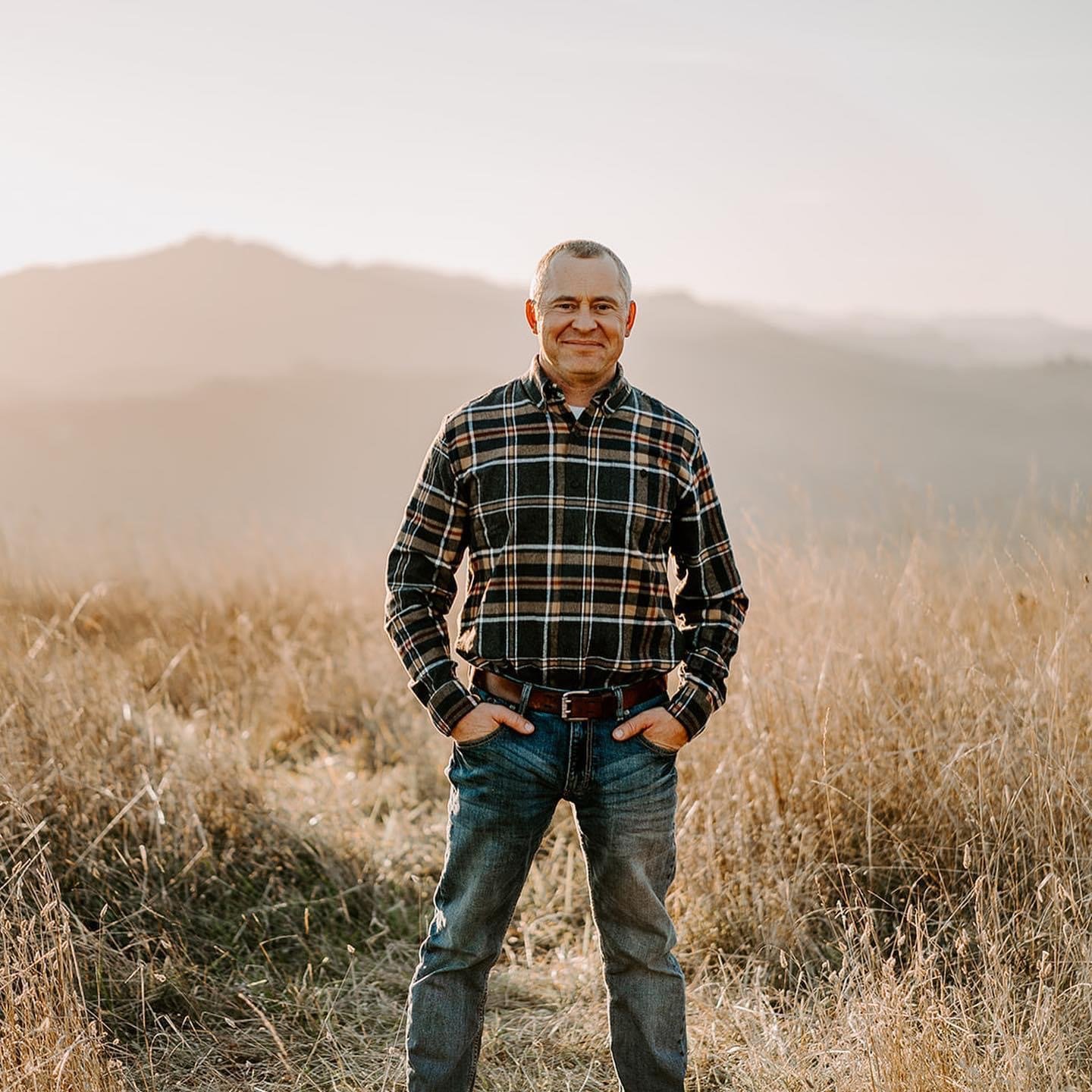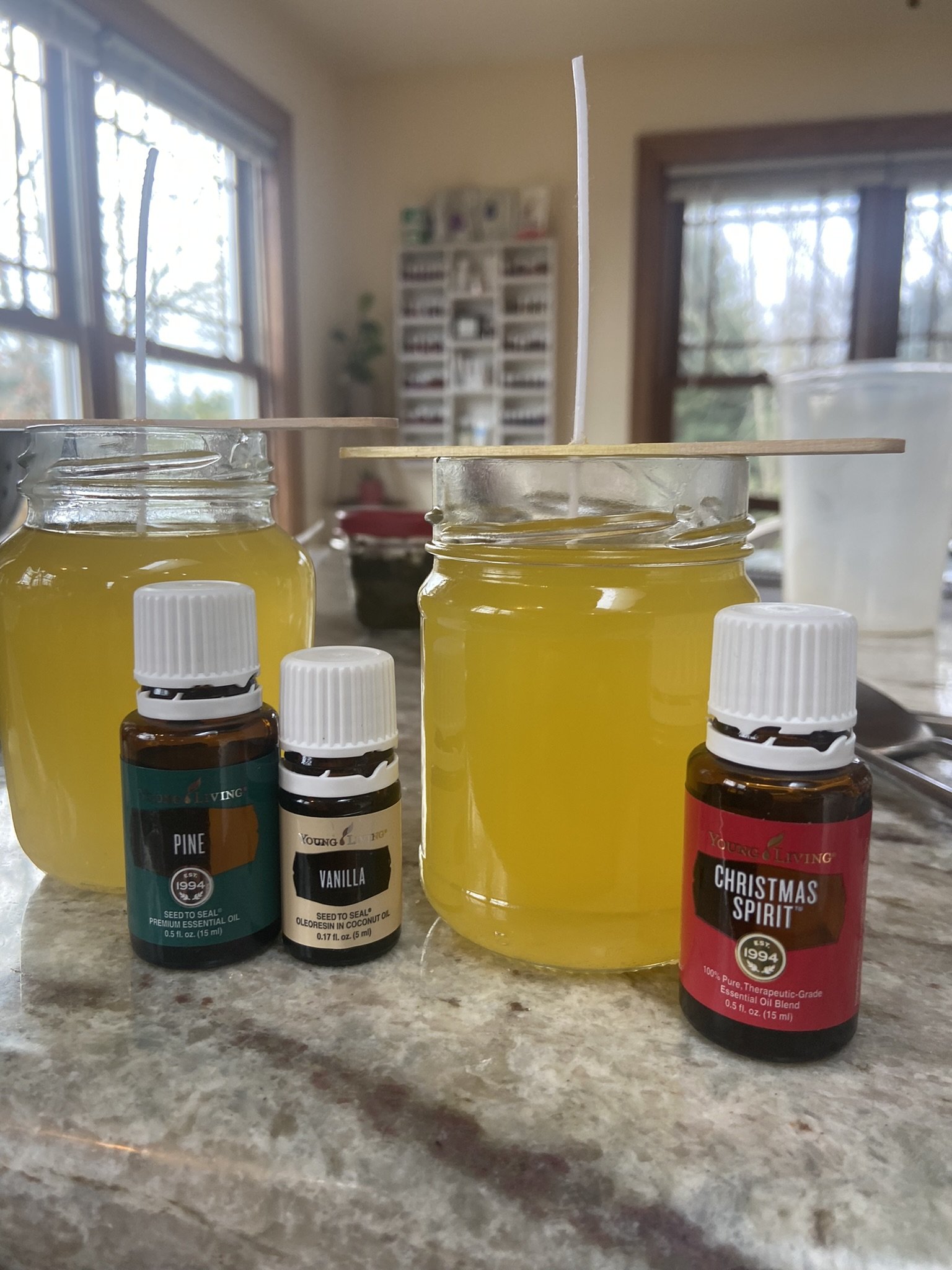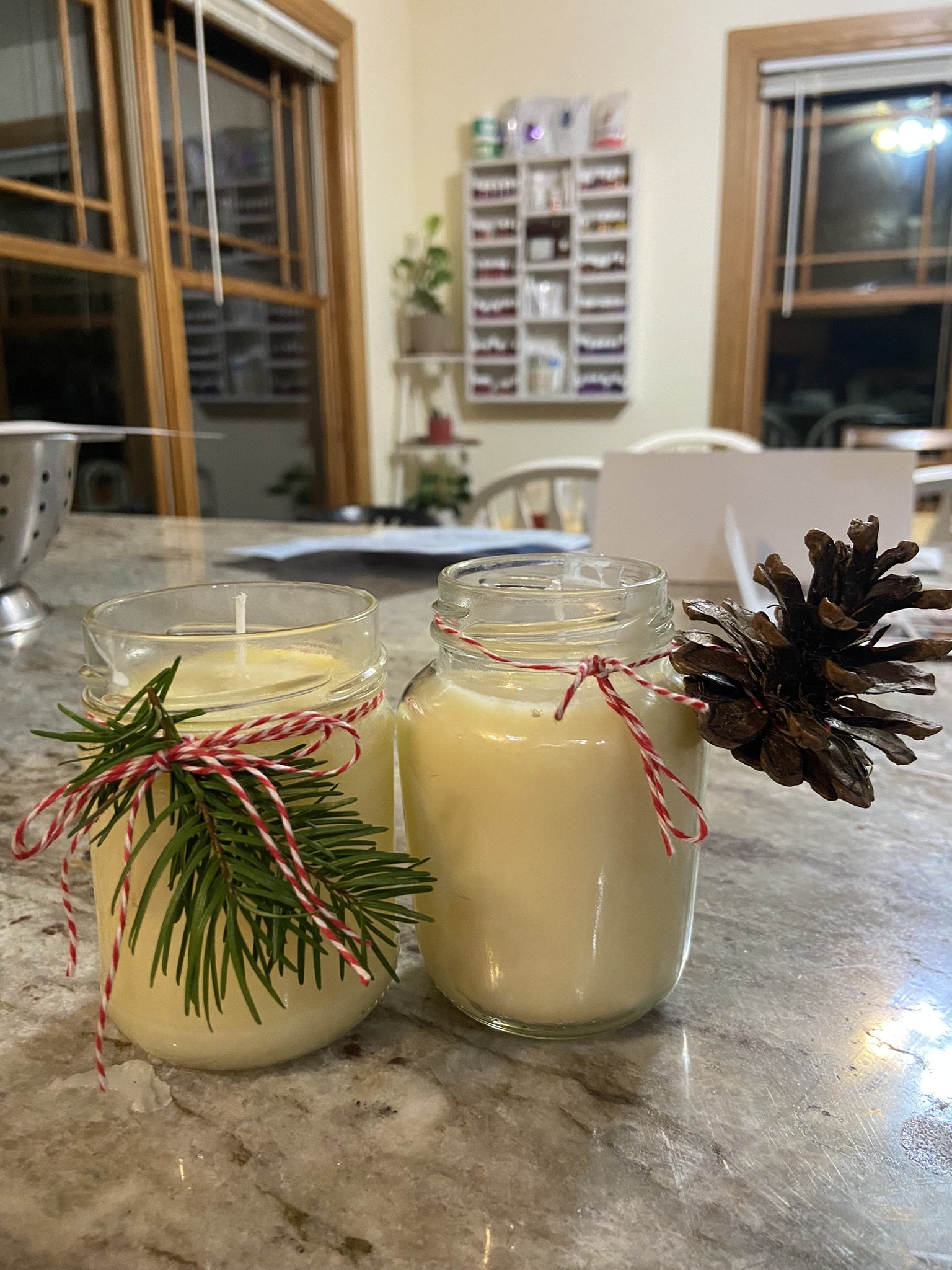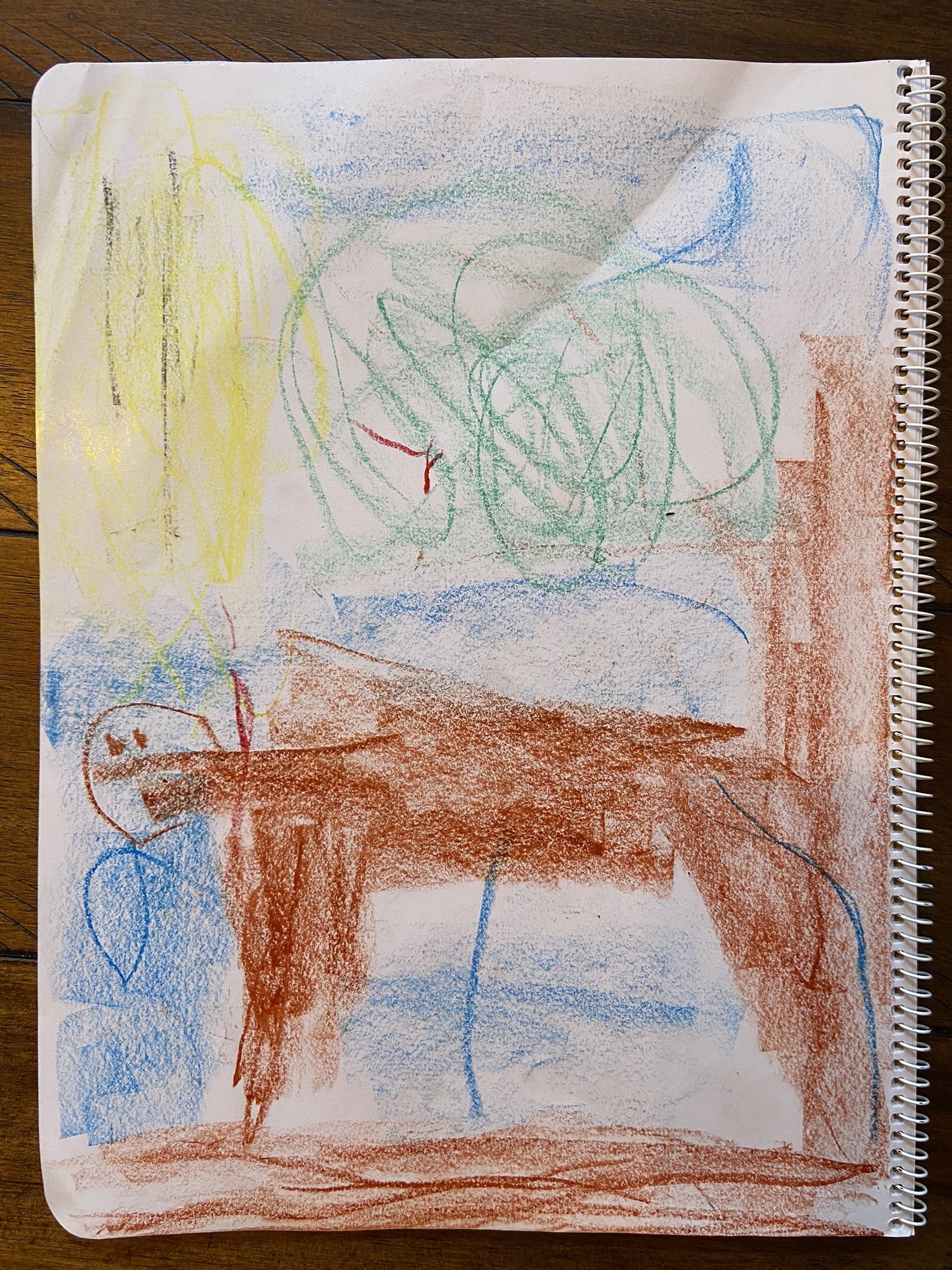The 2023 Farmer’s Market has kicked off!
We have hired these lovely ladies to serve you.
It takes a village to run a sustainable farm, and this way you’ll never miss us at the markets.
We have you covered every week of the year, even if we go on vacation one of these ladies will be there.
MEET MISS MEG COLDIRON
I first met Meg a couple years ago at a church activity. It was ladies night out painting class.
I found this picture in my camera roll I had snapped of her painting that night.
I love it.
Little did I know that Meg would answer a Facebook post when I was looking for Farmer’s Market help.
I immediately knew if she was up for the hard work, I could trust her with our business.
Here’s a little more about Meg:
She was born and raised in the San Francisco Bay Area.
When she was 21 years old, she moved to Lebanon, Oregon.
She shared that moving from a big city to a small rural town was a huge adjustment!
In 2005 she graduated from Linn-Benton Community College with certificates in Medical Transcription and Medical Office Specialist.
She worked in health care until her daughter was born in 2010 and she decided to be a stay at home mom.
Meg shared,
“When I became a single mom a few years later, I learned that there were a lot of things I would have to learn how to do for myself.
Last year I learned how to preserve the food I grew and seeing all of those jars in storage or in my fridge gives me the best feeling of self-sufficiency.
I know exactly where that food came from and that it’s good for my family!
Which is why I am so excited to be representing Nourished with Nature.
I know exactly where the meat is coming from, how it is raised, and how delicious it is!
I love learning new things.
Testing the waters of self-sufficiency has been one of my biggest goals, so that’s why I now have my own chickens and a small garden.
As a child growing up in the city, I never gave a thought to where my food came from.”
Some other fun facts about Meg…
She loves watching sports (baseball and football mostly). She’s an avid Pokemon Go player. She’s an animal lover, especially dogs, she has three of them.
When she’s not on mom duty, animal care duty, tending to my garden, or playing Pokemon, you can probably find her in her happy place: the forest.
Being in the forest, near a river or creek, brings her such a sense of peace.
She says,
“I feel incredibly blessed to live in such a beautiful valley with many wonderful places to explore. Lastly, but most importantly to me, I love my Savior. I couldn't do any of this without Him.”
Welcome to the team Meg, and thank you for your good work!
MISS JULIA MAGEE
I first met Julia in our Farm Store, as she frequently buys beef liver.
I was instantly at ease in her presence and drawn to her soft kind voice, if you’ve met her you know what I mean.
Julia worked for 42 years as a physical therapist, practicing in seven different states.
She noticed the people she was working with came from all walks of life and of all ages, but she could always trace the root cause of their issue back to:
nutrition and
emotions
It was obvious that nutrition was either hindering or healing her clients.
And this is what led her to start her own health journey of fueling her body with wholesome foods.
She was naturally draw to our farm.
Julia was born in Alaska, but has lived all over the USA since her dad was in the Air Force for 30 years.
She has lived in Hawaii and has lived in Oregon three different times. She loves the greenery, ocean, mountains and waterfalls that Oregon has to offer.
Julia is a reiki master. She is very attuned to energies and uses that intuition with her pets, garden and friends.
She has an RV that she likes to take road tripping. She loves exploring and traveling and meeting new people.
She often mechanics and tinkers on her RV, teaching herself how to do things so that she can continue learning and growing.
Julia used to have a sailing boat too. She learned to sail as a teenager from her father and then continued her passion of sailing into adulthood.
Julia is working for us because she wants to support our efforts and believes in the direction we are heading.
Please welcome her and say hello if you see her at the market.
I am so grateful to you Julia, thank you!
***And how cool that we have the same name???
Help me give them a warm welcome.
Leave a comment for them below!






